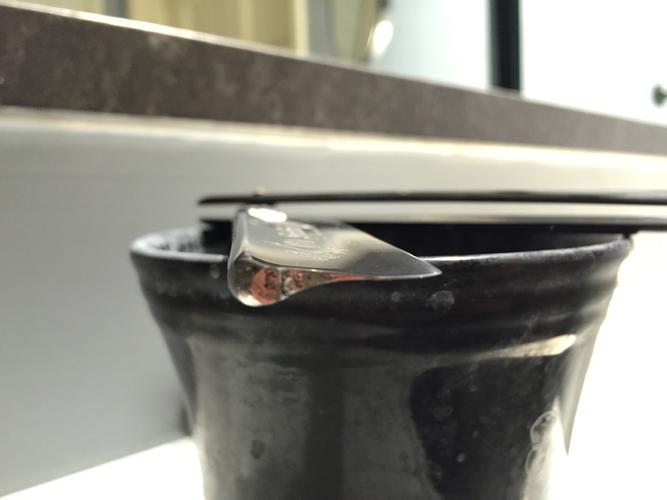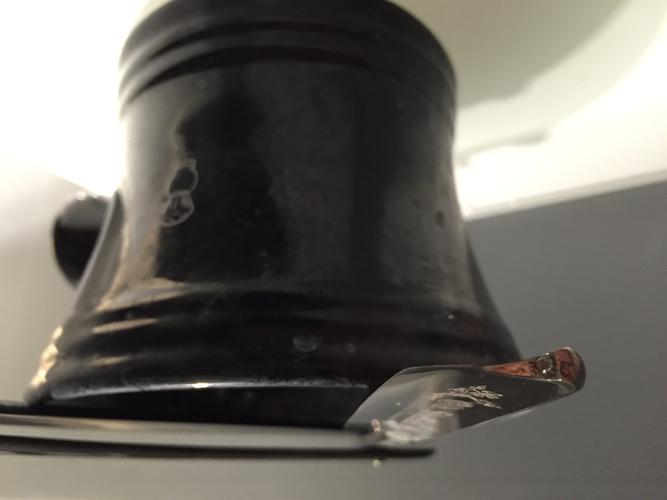Results 31 to 40 of 46
Thread: Is my near-wedge a near-wedge?
Threaded View
-
02-25-2015, 02:19 AM #1
 Is my near-wedge a near-wedge?
Is my near-wedge a near-wedge?
I recently purchased a 7/8 Wacker "Keilschliff" near-wedge razor from John Crowley at shavingshop.com (with whom, by the way, it was a pleasure doing business). It's a great razor. It feels terrific in the hand, shaves beautifully and is generally a delight. But something has been bothering me. For a near-wedge, it seems awfully far from, well, a wedge. At least in my eyes. I'd love an opinion from you fine gentlemen. Does this look like it falls into the category of near-wedge to you? Unlike some of the other Wacker Keilschliff razors I've seen, it doesn't say "Keilschliff" anywhere on the blade. It does say "Stosser" on the back of the tang. I'm not sure if that has anything to do with the grind, however.
Thanks much for your learned insights!


(Sorry for the upside-down photo. I can't seem to orient it properly.)~Rob~


 73Likes
73Likes LinkBack URL
LinkBack URL About LinkBacks
About LinkBacks






 Reply With Quote
Reply With Quote